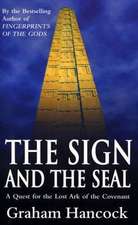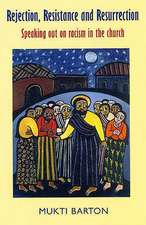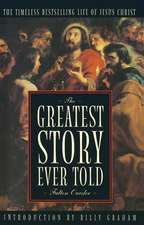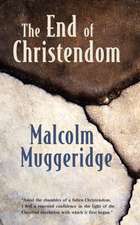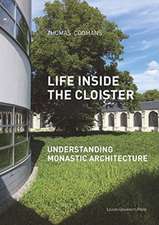Jesuits and the Politics of Religious Pluralism in Eighteenth-Century Transylvania: Culture, Politics and Religion, 1693–1773
Autor Paul Shoreen Limba Engleză Hardback – 28 iun 2007
Preț: 1111.55 lei
Preț vechi: 1355.55 lei
-18% Nou
Puncte Express: 1667
Preț estimativ în valută:
212.70€ • 222.63$ • 177.03£
212.70€ • 222.63$ • 177.03£
Carte tipărită la comandă
Livrare economică 31 martie-14 aprilie
Preluare comenzi: 021 569.72.76
Specificații
ISBN-13: 9780754657644
ISBN-10: 0754657647
Pagini: 246
Dimensiuni: 156 x 234 x 16 mm
Greutate: 0.52 kg
Ediția:1
Editura: Taylor & Francis
Colecția Routledge
Locul publicării:Oxford, United Kingdom
ISBN-10: 0754657647
Pagini: 246
Dimensiuni: 156 x 234 x 16 mm
Greutate: 0.52 kg
Ediția:1
Editura: Taylor & Francis
Colecția Routledge
Locul publicării:Oxford, United Kingdom
Cuprins
Contents: Preface; Uneasy neighbors; The Uniate Church; The institution of union; Schooling; Jesuitae Fabri: the society constructs a presence; Theatre in the Jesuit schools; Social order; Community: looking westward?; The 1743 mission to Moldavia; Conclusion; Bibliography; Index.
Notă biografică
Paul Shore is Professor in the Department of Educational Studies, Saint Louis University, USA.
Recenzii
’This book is well worth the attention of a wide range of historians, not only those of the Jesuits, but of those of culture, politics, and religion, and especially of the interplay between them.’ Church History
Descriere
This book tells the story of the Jesuit mission to Cluj, Transylvania (now Romania) from 1693, when the Jesuits were allowed to return after almost a century of restricted activity in the region, until 1773, when the order was suppressed. Cluj, a city where the cultures of Eastern and Western Europe meet, represented the furthermost penetration into Orthodox Europe of the Baroque aesthetic and of the domination of the Habsburgs, supported and glorified by the Jesuits. The successes and failures of this religious order helped shape the history of the region for the next two centuries.

